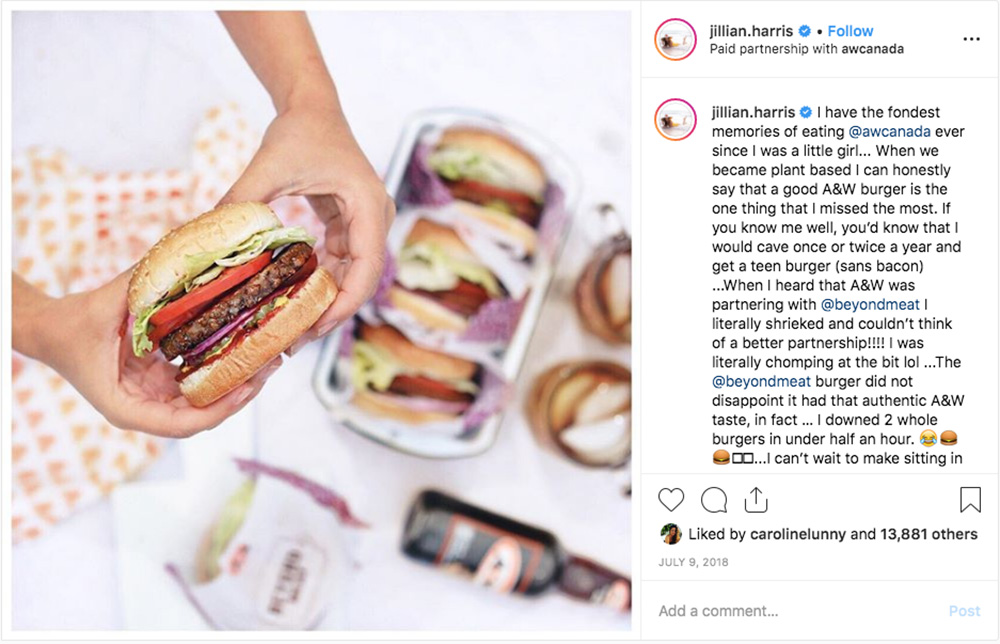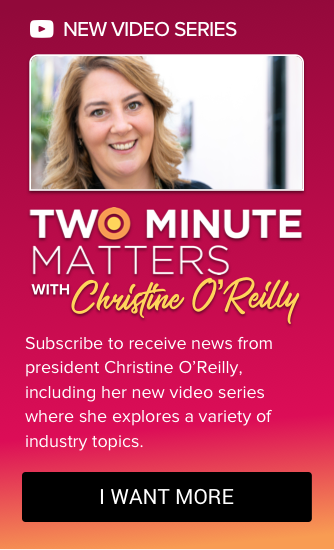If you think the pharma industry is too behind-the-times to adopt some of the marketing strategies used in highly successful mainstream campaigns, think again. Part one of this series looked at product placement. In part two, we talk influencer marketing: what it is, why it works and how to use it to reach your pharma audiences, starting with two examples from mainstream marketing.
Jillian Harris goes beyond meat
With close to one million followers on her Instagram account as of mid-2019, Jillian Harris of The Bachelor/The Bachelorette fame has become a Canadian social media powerhouse, posting about clothing, food, the environment and family life. Her platform and her popularity didn’t escape the notice of A&W, who tapped into her genuine anticipation of the fast food chain’s first meatless burger a year ago by offering her a paid partnership.
The result? Massive sales. In fact, the campaign was so successful that A&W repeated the tactic to pre-launch their Beyond Meat breakfast sandwich. We dare you to go through your local drive-thru and order one—they’re almost always sold out.
Jillian is candid about her work with brands, including how she’s able to pay a team and support her family, in part, with the proceeds. The key, for her, is authenticity. “I make sure that I only partner with companies and brands who I already love or who I feel would be a natural and organic fit with my brand,” Jillian said in an interview with eighty-eight agency. “It’s always clear when an influencer backs something they don’t support and I don’t want to be one of those people.”
How Leon's influenced millennials
In 2016, Leon’s made a candid confession: they hadn’t done much consumer research in the past. When they did, they discovered their typical customer was a 52-year-old man. He was loyal to Leon’s, but he wasn’t the company’s ideal target. Leon’s wanted to reach busy millennial women keen to share pics of their homes on social media—women who equated Leon’s with Grandpa’s La-Z-Boy, even though the company had been carrying some sophisticated, design-forward furniture for years.
Enter an influencer campaign designed specifically to reach this more desirable demographic with the message that this wasn’t your Grandpa’s Leon’s.
First up was the Hello Yellow blog, a DIY site run by designer entrepreneurs and featuring Leon’s products. When a Toronto designer posted pics of an apartment makeover featuring a chic tufted sofa from Leon’s, sales of the couch doubled. “That’s a Leon’s sofa??” one follower commented. “Wow!”
Next came the Hello Holiday guide, a 92-page digital magazine showcasing DIY projects and featuring Leon’s products in the homes of DIY and design bloggers. The results, Leon’s said, were fantastic. E-commerce conversion rates and average transaction values were the highest of any channel or advertising approach used by Leon’s during that period.
Using influencers allowed Leon’s to re-introduce themselves (with a new image) to their target demographic almost by accident. If Leon’s had done the talking, millennial women would’ve tuned them out. Instead, the company let others with credibility and influence do the talking. The influencers Leon’s engaged were already telling stories. Leon’s just inserted themselves into conversations that were already happening.
What is influencer marketing?
Influencer marketing uses people who have built reputations for being credible, trusted sources of information to create content for brands. It has been around for ages—celebrities, athletes and well-known experts have long been spokespeople for causes and companies. Today, the main difference is the platform influencers use to develop and maintain their following. You’ll find today’s influencers on blogs, YouTube and social media, and not so much on TV.
According to the 2018 State of the Creator Economy survey, two out of five marketers have used influencer marketing within the past year. Among the most popular influencer marketing tactics are sponsored Instagram and Facebook posts, having an influencer “like” or follow a brand, sponsored tweets and sponsored videos.
Why does influencer marketing work?
Influencer marketing works because the message takes on the power of the messenger. Campaigns that use influencers to present branded messages feel natural and approachable. Your audience is more likely to listen, follow the advice and engage with the content than when they see a traditional ad on TV, in print or on a webpage.
Statistics bear out the promise of influencer marketing. In a general context, 49 per cent of buyers rely on influencers for purchase decisions (Source: HubSpot). In a healthcare context, PwC reported in 2012 that nearly 90 per cent of people aged 18 to 24 trusted health information or engaged in health activities found on social media. (Those kids are now 25 to 30 years old.)
3 healthcare examples
Pharma companies have long been hesitant to jump on the influencer marketing bandwagon. Kim Kardashian’s 2015 endorsement of morning sickness pill Diclegis, which violated FDA rules, did a lot to scare pharma brands off of using superstars for marketing. Kim had to issue a correction and rewrite her post after the FDA issued the company a warning.
There are plenty of positive examples that show how pharmaceutical companies can use influencer marketing, however. Here are three.
Rise Above Heart Failure. In 2016, Novartis teamed up with Queen Latifah, whose mother suffers from heart failure, for a Facebook Live discussion on World Heart Day. Novartis produces Entresto, a drug that helps treat the condition. The pharmaceutical company sponsored the live event, which was watched by more than 1,000 people.
Her Life. Her Adventures. This program from Merck has a goal to help women take control of their lives by better understanding their options for birth control. The pharmaceutical company has partnered with celebrity influencer Mandy Moore, as well as influencers with smaller followings, such as dentist and photographer Tiffany Nguyen and rock climber Emily Harrington.
Moore’s participation in the campaign was profiled in a number of magazines, including Shape and Hello Magazine. “I am excited to be a part of a campaign that touches upon an important topic for women,” she said in a Merck press release. “I hope that this campaign opens up a dialogue amongst women and their doctors about their family planning options and inspires them to continue the pursuit of their passions, whatever those may be.”
See America: Allergan partnered with several influencers, including football player Victor Cruz and actor Alexandra Daddario, for its See America campaign, an effort to reduce preventable blindness. One component of the campaign encouraged people to snap a picture of their eyes and share it with the hashtag #eyepic. For every photo shared, Allergan donated $10 to the American Foundation for the Blind.
8 TIPS TO DO INFLUENCER MARKETING RIGHT IN HEALTHCARE
Influencer marketing isn’t impossible in healthcare, it just takes a little longer than it does for unregulated brands. Here’s how to do it right.
- Start with strategy. What outcome do you want to achieve? Do you want to drive awareness, increase engagement or persuade people to visit a doctor? Your desired results will influence whom you select as your ambassador, as well as help you identify the data to collect to measure the success of your campaign.
- Involve company stakeholders from the beginning. Creating a collaborative environment with your legal, medical and regulatory team members from the start will ensure stakeholder concerns are identified and addressed, which will minimize the risks of using influencers and avoid hurdles in execution. Everyone should agree on exclusion criteria to assist in the vetting process for influencer selection, and how influencer content will be approved.
- Bigger isn’t always better. While the size of an influencer’s following and audience engagement matters, this following must be meaningful. Working with an influencer who has a huge following of the wrong people won’t help your marketing efforts and could even backfire. However, working with an influencer who has a small but devoted following of exactly the people you want to reach could be an incredibly successful partnership. Communities are diverse and working with multiple micro-influencers—a voice in each community—is often the best way to ensure relevance and impact.
- Credibility is key. The person you select as an influencer for a healthcare or pharma campaign will likely be different than for a fashion, food or beauty campaign. Pursue partnerships with key opinion leaders who can organically promote interest in your brand and retain the authenticity that is so crucial to online influencer marketing. Doctors, fitness experts, dieticians, researchers, activists, patients and other respected voices in the community may all be better choices than A-list celebrities.
- Be clear about constraints. Many influencers like the freedom to write their own social media posts and publish at a time that suits them. Since healthcare campaigns must comply with guidelines related to advertising to consumers (see Health Canada "The Distinction Between Advertising and Other Activities"), content needs to be planned with great precision and authorised by several people. Ensure your influencers understand the highly regulated environment you’re working in and the need for their cooperation, which should be spelled out in a formal agreement.
- Plan your content. What will be shared? When? Where? By whom? To remain authentic, content should ideally be initially generated by the influencer, based on a brief provided by the brand team that outlines objectives. Determine whether you will share the content on the influencer’s channels, a corporate account, a special campaign platform or a combination of these.
- Be prepared to respond. Ensure you have a social playbook in place outlining who is responsible for social media monitoring and how you will respond should mention of any adverse events or inappropriate comments occur in response to your content.
- Measure success. As with every social media campaign, the proof is in the numbers. Whether you measure reach, engagements, clicks (or all three) will depend on your campaign goals. Start small, test, learn and refine your campaigns based on the results.
We hope we’ve convinced you that meat-free burgers and designer couches really do have some relevant lessons for healthcare and pharma marketing campaigns. Could an influencer endorse your unbranded initiative? Be the face of your corporate responsibility campaign or promote a tool on your unbranded website?
If you build the right internal team, choose the right influencers and work within regulatory constraints, your next campaign could be one worth liking.



